Pelican Flower Facts
- The most unusual term of Pelican Flower currently serves as the most often used common name for a specific species within a single genus. The amazing plant also goes by the less than pronounceable scientific name of Aristolochia grandiflora.
- In all, a remarkable total of about 120 known members of this genus exist. These further appear spread throughout the world. This particular flower, however, actually represents the largest member of this truly remarkable group of plants.
- In fact, its astoundingly large bloom represents the second largest known flower on earth. That’s because only the phenomenal Rafflesia Arnoldii exceeds it in terms of size. But this magnificent specimen of flora ranks as distinctive for yet another reason.
- That’s because this astonishing plant species also remains famous for its unique method of reproduction. In point of fact, unlike the overwhelming majority of plants, it does not rely upon bees for its reproductive process.
- The large blooms produce a scent that smells strongly reminiscent of rotting meat. Its powerful scent attracts huge numbers of flies and it is exactly these flies that become covered in the pollen of the Pelican Flower and transmit it to others.
Related Articles
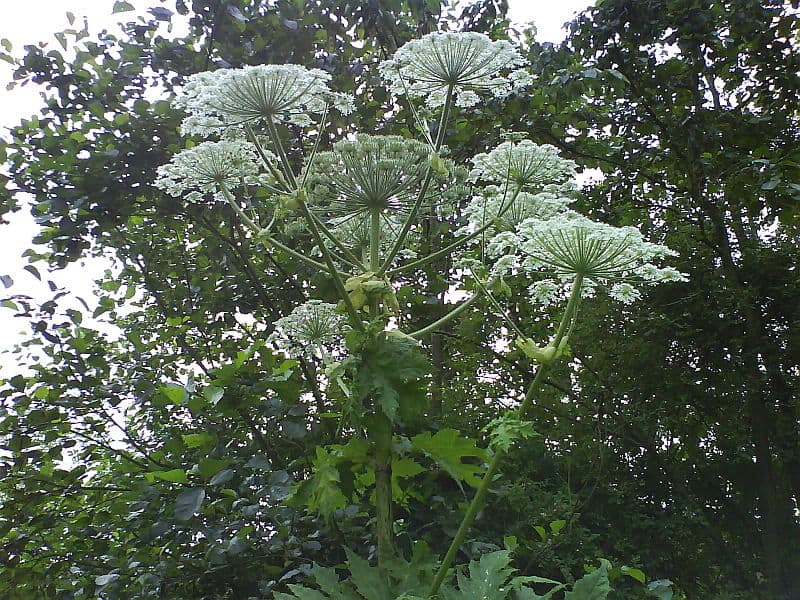


Pelican Flower Physical Description
Notably, the beautiful Pelican Flower has a structure identical to other members of its Family. As a result of this pattern of growth, the wonderful flower of this plant develops three distinct sections. These separate sections consist of the tube, utricle, and the limb.
The unusual species produces individual flowers of truly impressive size. These blooms further develop as distinctively heart-shaped. They grow as wide as roughly 8 in (20 cm) and display downward pointing tails as much as 24 in (60 cm) in length.
The blooms of the Pelican Flower show white and green. But, these also display purple to brown veins running through them. The interior of the flower appears much darker than the rest of the bloom. Finally, the leaves may be as much as 9.8 in (25 cm) wide.
- Kingdom: Plantae
- Phylum: Angiosperms
- Order: Piperales
- Family: Aristolochiaceae
- Genus: Aristolochia
- Species: A. grandiflora
Pelican Flower Distribution, Habitat, and Ecology
The fabulous Pelican Flower evolved endemically to a comparatively broad habitat range. That region, though, might surprise some people who learn of it. This section of the world solely consists of Central America and the Caribbean region.
It has also now been introduced to North America, however, especially in the state of Florida, in the United States. Wherever it appears, though, this extremely large and quite smelly herbaceous plant most commonly grows in a specific type of environment.
This specific habitat type mainly includes areas of highly moist lowland regions, in its naturally occurring range. More specifically, this wonder of Nature generally appears near gullies and streams. These must appear within tropical forests, though.
To the surprise of many people, the awesome Pelican Flower has historically been used for a wide variety of purposes. That’s due to the fact that in its native region, Indigenous Peoples often used it in medicine. It also sometimes serves as an ornamental plant.
However, the amazing Pelican Flower, for all its odorous nature, also plays a vital role in the food cycle in its native habitat. In point of fact, the flora represents one of the main food plants of the larvae of many types of the beautiful swallowtail butterfly.
After eating the plant, these actually become undesirable to the majority of potential predators. This represents a remarkable evolutionary adaptation on their part. As a result of the effect, in the United States, it was introduced to attract butterflies.
Species Sharing Its Range
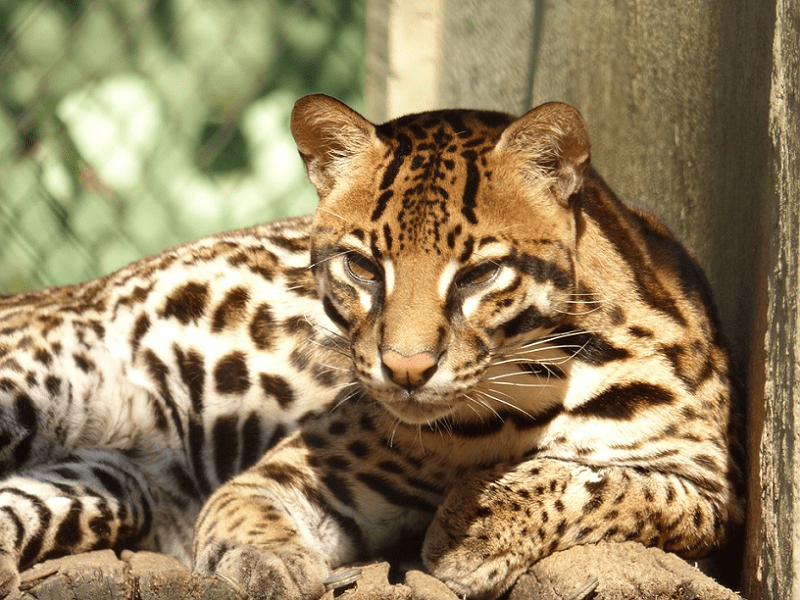
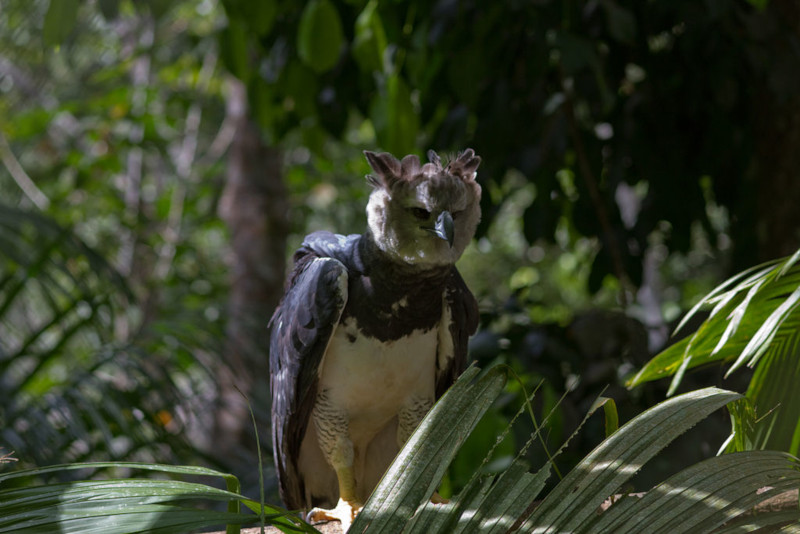
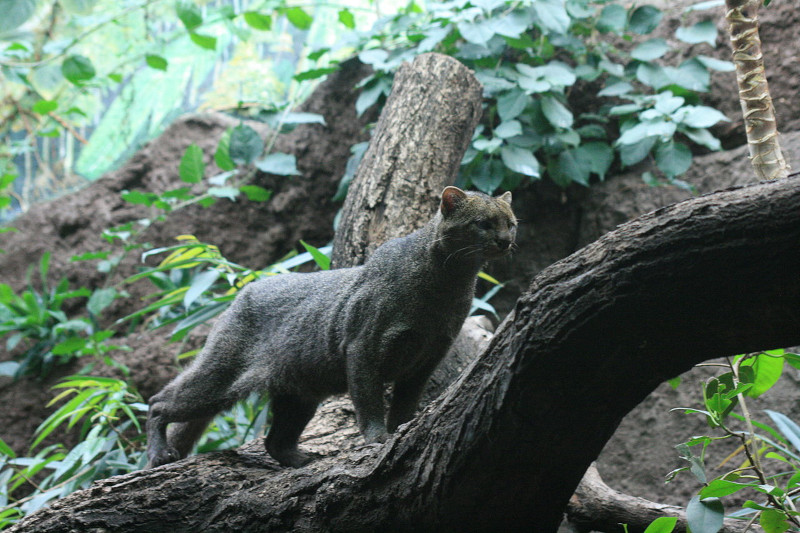
Check out our other articles on 5 Phenomenal Sea Turtles, Long-Finned Pilot Whale, Neptune’s Grotto, Goliath Stick Insect, Nevin’s Barberry, Thorny Dragon, Purple Frog, Bee Hummingbird


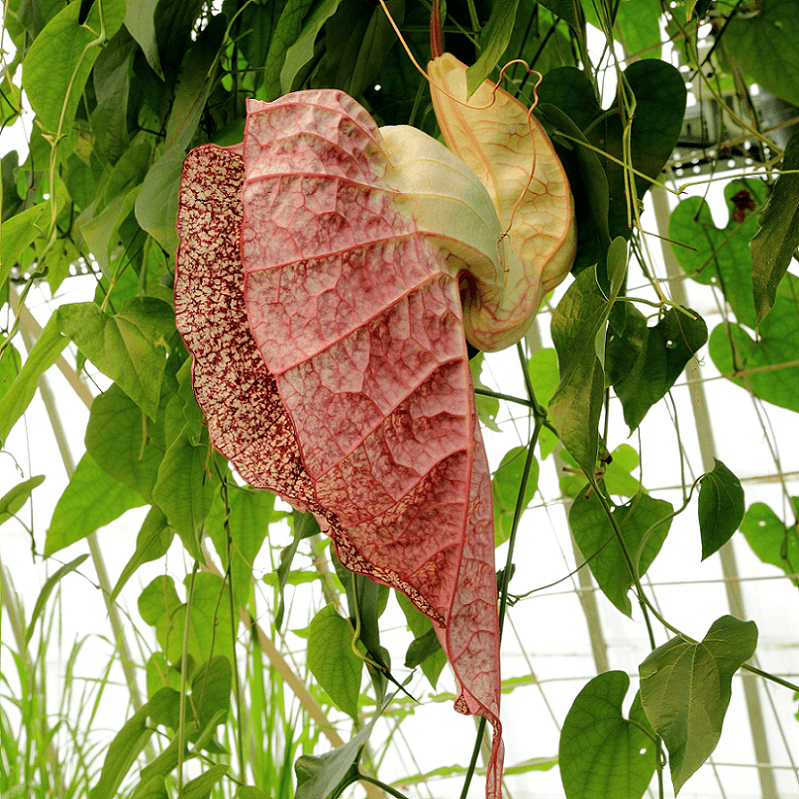









Leave a Reply